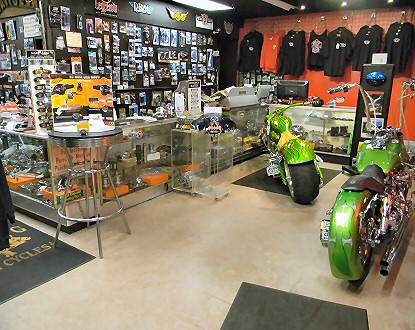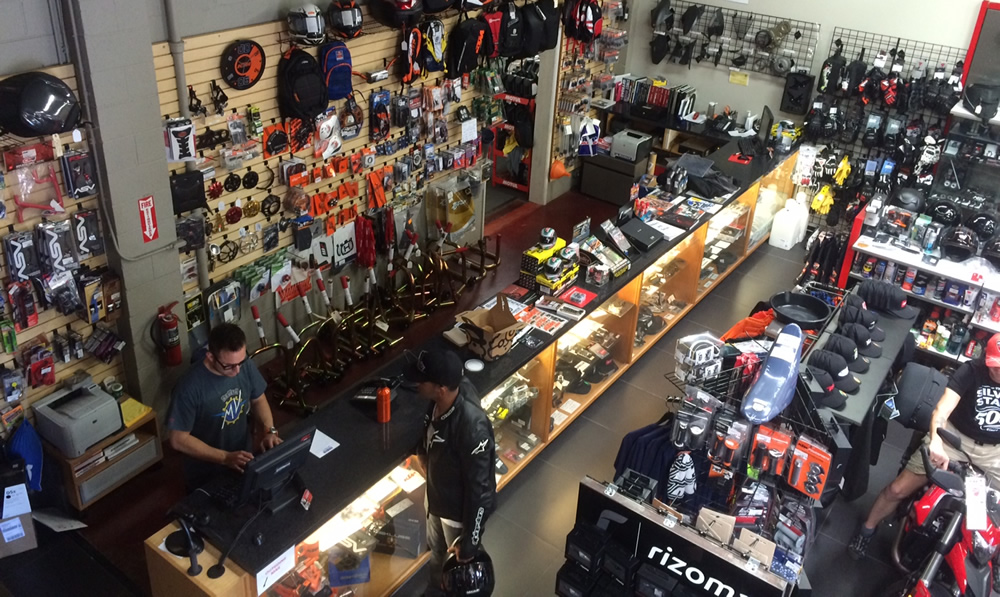Mastering Motorbike Gears: Exactly How to Optimize Your Riding Experience
In the realm of motorcycling, grasping the art of gear manipulation is critical for enhancing your riding performance. Correctly utilizing and recognizing bike equipments can significantly impact fuel, velocity, and control efficiency, changing a typical experience right into a seamless, exhilarating journey.
Understanding Equipment Mechanics
How do the details of gear auto mechanics affect bike efficiency? At the core of bike dynamics, equipment technicians play a critical role in transforming engine power into activity, ultimately determining speed and control. Gears, diligently crafted elements, enable cyclists to maximize torque and speed, making sure a seamless transition through different surfaces and velocities. The equipment ratios, carefully created, identify the partnership in between engine transformations and wheel turns, affecting acceleration and fuel efficiency.
Comprehending gear technicians starts with acknowledging the importance of the transmission, which houses numerous gears of varying dimensions. These equipments engage through a process called meshing, where teeth of different equipments involve to send power. The accuracy of this interaction is vital; any misalignment or damages can cause ineffective power transfer, impeding performance. In addition, the plan and size of gears influence the bike's capacity to deal with various lots and speeds.
Additionally, the concept of gear moving is integral to making the most of performance. Smooth and timely changes make sure that the engine operates within its ideal power band, protecting against unnecessary strain and improving long life (moto parts nz). By comprehending these mechanical details, riders can attain an unified blend of power, control, and effectiveness, boosting their riding experience
Timing Your Changes
Shift timing mastery is essential for enhancing motorbike efficiency and enhancing the riding experience. Effectively timed shifts guarantee that the engine operates within its ideal power band, which is critical for preserving control, achieving smooth velocity, and ensuring the longevity of the motorbike. Bikers have to create an instinctive sense of when to change gears, which involves comprehending the relationship between engine revolutions per minute (RPM) and rate.
To understand change timing, pay very close attention to the engine's audio and really feel, as these give essential clues regarding when to alter equipments. The perfect shift factor normally occurs when the engine comes close to the upper array of its power band without getting to the redline. Moving prematurely can bring about a lack of power, while changing also late might create unneeded engine pressure
Additionally, road problems and riding style impact change timing. In city setups, smoother and extra constant changes may be essential to navigate traffic effectively. On the other hand, during freeway riding, fewer changes at higher rates can be much more ideal. Practicing in varied settings will certainly improve your capacity to time changes specifically, inevitably elevating your riding experience to an expert degree.
Enhancing Gas Efficiency
While grasping bike gears is vital for efficiency, enhancing fuel efficiency is just as vital for both environmental and economic reasons. Optimum gas usage not only lowers functional expenses yet likewise reduces the eco-friendly page footprint of riding. To attain this, one must understand the intricate partnership in between equipment selection and engine efficiency.
Riding in a higher gear at reduced speeds can lead to engine lugging, which is detrimental to both gas economic situation and engine health. Conversely, riding in lower equipments at high speeds results in unneeded gas usage.
In addition, routine upkeep plays an essential duty in fuel efficiency. Making sure that the motorcycle is well-tuned, with tidy air filters and properly blew up tires, can enhance the rules of aerodynamics and reduce fuel wastage. Adopting a riding design that embraces progressive velocity and smooth deceleration can contribute to better fuel economic climate.

Techniques for Smooth Transitions
Attaining smooth equipment transitions is basic to enhancing the riding experience and making sure the longevity of a motorbike's transmission system. Proper equipment shifting not only adds to a smooth experience yet additionally lessens damage on the mechanical components. To master the art of smooth changes, riders must concentrate on a couple of essential methods.

Second of all, clutch control plays an essential function. Engaging and disengaging the clutch smoothly requires technique. The clutch bar must be launched gradually, permitting for a smooth transfer of power from the engine to the wheels without causing a jolt or abrupt motion.

Adapting to Roadway Conditions
Browsing diverse roadway conditions is a crucial ability for any motorcyclist intending to preserve control and safety and security. Whether you're riding on damp surfaces, crushed rock roads, or navigating sharp turns, your ability to adjust your equipment usage and riding technique is vital. Comprehending exactly how to adjust your equipments properly can dramatically impact traction and stability, making sure a safer journey.
On damp roadways, it is advisable to maintain greater equipments to minimize torque and minimize wheel spin. This technique assists preserve grasp on unsafe surfaces, permitting smoother acceleration and deceleration. In comparison, when riding on crushed rock or unequal surface, reduced equipments are more effective. Lower gears supply far better control and permit you to respond even more quickly to unexpected modifications in the roadway surface.
Sharp curves demand specific gear monitoring to balance rate and control. Downshifting before entering a contour can assist maintain momentum while ensuring the motorbike continues to be steady throughout the turn. Regular method in diverse conditions enhances your capacity to anticipate and react to adjustments in road structure and incline.
Conclusion
Mastering motorcycle gears considerably boosts the riding experience by enhancing gas, control, and velocity effectiveness. A complete understanding of equipment technicians and accurate shift timing ensures the engine operates within its optimal power band, while smooth changes via reliable clutch and throttle sychronisation boost convenience and performance. Adapting gear choice to various road problems, such as utilizing greater equipments on damp surface areas and reduced equipments on crushed rock, further improves handling and security. Inevitably, these skills raise the overall journey.
Understanding equipment auto mechanics starts with recognizing the significance of the gearbox, which houses numerous equipments of differing sizes. These equipments communicate via a process understood as meshing, where teeth of various equipments engage to transfer power (motorcycle parts nz). Mild my review here modifications to the throttle during equipment official website shifts can prevent jerky motions and maintain a consistent riding rate
Whether you're riding on wet surface areas, gravel roadways, or navigating sharp turns, your capability to adjust your equipment usage and riding strategy is vital. Adjusting equipment choice to different road conditions, such as using higher equipments on damp surface areas and reduced equipments on gravel, additional boosts handling and safety and security.